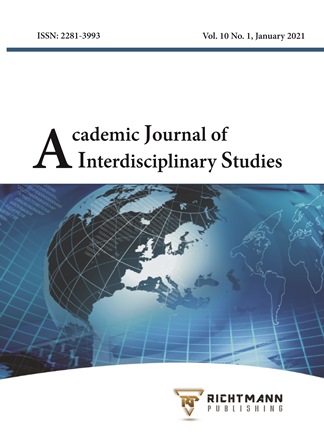Structuring Youth Councils in Saudi Arabia: A Forecast Study
DOI:
https://doi.org/10.36941/ajis-2021-0009Keywords:
Youth Councils, Saudi, Structuring, a Forecast StudyAbstract
Youth is one of the most substantial pillars of community development. The study investigates the optimal structure of youth councils in Saudi Arabia. And it establishes the necessary regulations by setting targets, tasks, conditions of membership, and developing a unified proposal for these councils. The primary study tool was a questionnaire developed by researchers were used to assess the studied parameters. They were distributed to (413) young men at King Saud University in Riyadh, Saudi Arabia, aged (18-34) years. According to the analytical approach, it is a forecast study. The study results showed that the optimal structure of these councils' includes: First, the prince of the region or the governor as a president. Second, the rector as a vice-president. Finally, the commission is equally male and female. While the council objectives: First, take advantage of youth proposals, capacities, and intellectual property. Secondly, youth participation in the discussion, determination of their requirements, and decision-making. Also, it identified a set of tasks: Encouraging creative and talented youth to achieve national accomplishment and motivating them to take on their responsibilities in serving their community. As for the terms of the Council's membership, members must be between 18 and 30 years, and the name of the office shall be two years and nominated by government educational bodies.There should be a responsible body for structuring youth councils regions, increasing youth councils, and meetings between them in a periodic manner among different countries to exchange experiences and improve performance.
Received: 27 October 2020 / Accepted: 10 December 2020 / Published: 17 January 2021
Downloads
Downloads
Published
Issue
Section
License

This work is licensed under a Creative Commons Attribution-NonCommercial 4.0 International License.
This work is licensed under a Creative Commons Attribution-NonCommercial 4.0 International License.








